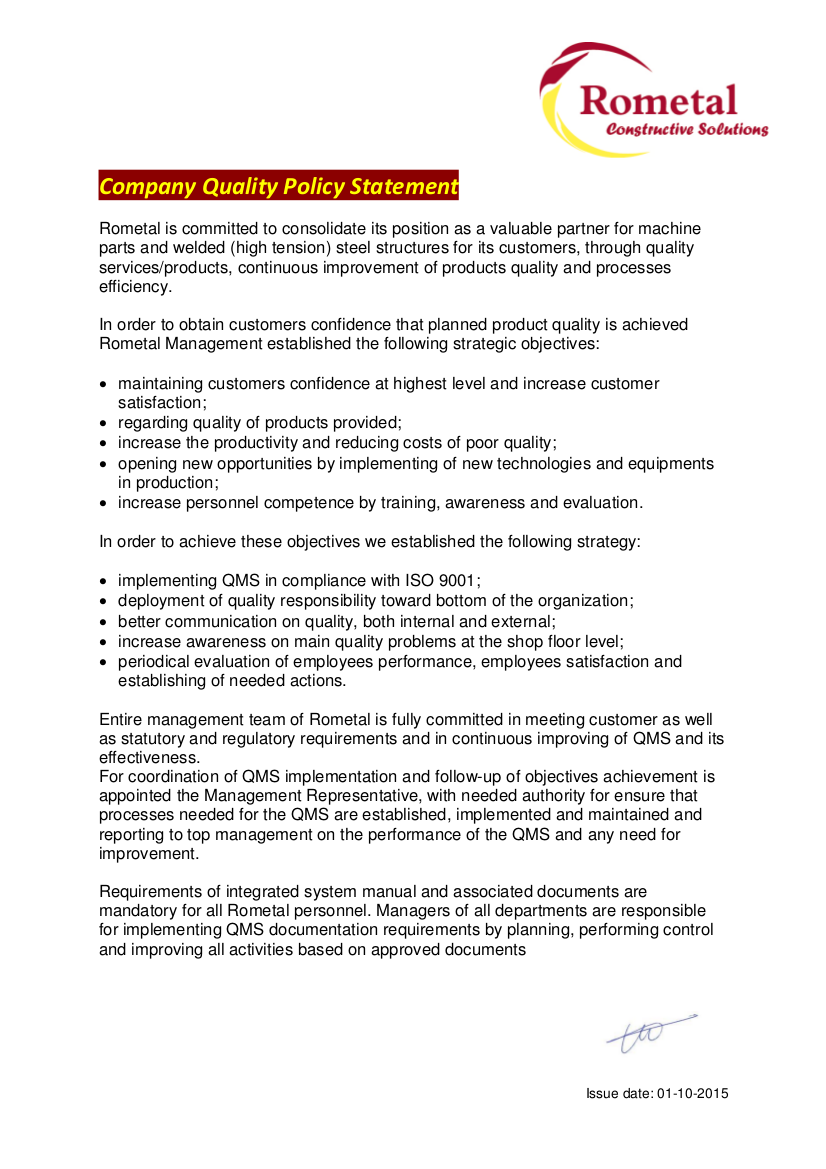
For instance, your purchasing process owner can report on how their process is performing, and your incoming goods receipt and inspection process owner can report on how their process is performing, but these two process reports may be inconsistent due to the use of different data. It is possible that the members of an audit department could look at process interactions and make suggestions, but it is often beneficial to have one person with the responsibility of making decisions.Īlso, while it is possible to have several process owners responsible for presenting data, it is often efficient to have one person responsible for this presentation so that the data is consistent. The process owners are experts at how their processes function, but they can sometimes be blind to the problems caused by the poor interaction of processes. I discuss in the post on What is the job of the quality management representative about the need for someone to oversee the maintenance of processes and report on the performance of processes to senior management. Process Maintenance and Performance Reporting I would argue that the following activities by the management rep are valuable and worthwhile, even if the updated standard does not require them. So, the question remains: what jobs does the management rep have in the QMS that are worth keeping? Since the goal of implementing the QMS is to improve, and all companies want to remove waste from their processes, this is a valid question to ask.

#ISO 9001 MANAGEMENT REPRESENTATIVE APPOINTMENT LETTER ISO#
It is hard to believe that the creators of the ISO 9001 standard have now decided that this role was a waste of time rather, I suspect that they have decided that the role is so commonly ingrained that it does not need to have requirements in the standard any longer.

From all advance drafts of the 2015 version of ISO 9001, it appears that the new standard will not include requirements for a management rep, but is it a good idea to just eliminate this position? The management representative has been part of the ISO 9001 requirements since the 2000 version came out, and since then this position has played a crucial role in the management of the quality management system (QMS).


 0 kommentar(er)
0 kommentar(er)
